The iPhone has long been the most popular camera on the planet, and Apple has worked to make the lives of point-and-shoot manufacturers even worse — Â and the lives of selfie hounds even better — Â with the new iPhone 6s and 6s Plus. AppleInsider took a look at the glass and silicon inside Apple's latest shooters.
The biggest change is on the tin — Â for the first time in a long time, Apple has bumped the pixel count in the iPhone's rear camera. After being stuck at 8 megapixels since 2011, the new 6s and 6s Plus pack 12-megapixel sensors behind an f/2.2 5-element lens.
Apple has previously justified its staying out of the megapixel madness by explaining that more pixels do not equal a better picture, and they're right. Much like the addition of the plus-sized iPhone, though, the market has spoken and forced Apple's hand.
To pack more pixels in, Apple has had to make each individual subpixel smaller and put them closer together. This often leads to slightly worse image quality as light tends to leak between subpixels, a problem known as optical crosstalk.
Apple says they've avoided potential quality loss by doing two things: shrinking the space between the photoreceptors and their color filters, and manufacturing the pixels with a process called "deep trench isolation."
While bringing the color filters closer to the photoreceptors is important — Â it gives photons less room to bounce around before entering the pixels — deep trench isolation is the key to preventing optical crosstalk.
Broadly, deep trench isolation refers to a process by which tiny voids are created between pixels during sensor fabrication. Those voids are then filled with insulating material, preventing photons from moving between pixels after passing through the photoreceptors — Â and making for crisper shots at higher resolutions.
Aside from making it easier to get nice crops for Instagram, the resolution bump also enables the 6s and 6s Plus to capture 4K video, a first for Apple. 4K, sometimes called "Quad HD" because it roughly represents a doubling of 1080p on each axis, is the new standard in high-definition video.
The addition of 4K capture — Â and the ability to edit 4K in the iOS version of iMovie and automatically upload in 4K to YouTube — Â is notable primarily because Apple has a singular ability to drive wide adoption of new technologies. Thanks to the iPhone's popularity, tens of millions more 4K-capable cameras will be in the hands of everyday consumers by the end of 2015, leading to an exponential growth in the availability of 4K content and helping to expand the still-nascent ecosystem.
Alongside the new features and redesigned silicon, two technologies introduced in the iPhone 6 series — Â optical image stabilization and Focus Pixels — Â have been upgraded in the 6s.
Optical image stabilization remains exclusive to the plus-sized model, but it can now be used when shooting video as well as still images. Apple has also increased the number of Focus Pixels — Â or phase detection sensors, in photography parlance — Â making autofocus noticeably faster.
The selfie cam hasn't been left out of the party. It received a significant resolution bump, going from 1.2 megapixels to 5 megapixels, and gained automatic face detection as well as Retina Flash.
As AppleInsider detailed last week, Retina Flash is Apple's way of describing a new technology that lets the iPhone's display function as a flash. Using a combination of specialized hardware — Â a custom display driver that increases brightness by up to 3 times over normal levels — Â and clever software techniques, the company has managed to approximate its well-received True Tone flash without building in additional parts.
To make Retina Flash work, the iPhone analyzes the lightning conditions using both the ambient light sensor and pixel intensity analysis of the camera's image stream. It then adjusts the brightness and color of the display to compensate, while ensuring that the flash and shutter are timed precisely together for the best results.
The excellent imaging systems have long been a differentiator for the iPhone, and Apple has doubled down on that bet with the iPhone 6s and 6s Plus.
 Sam Oliver
Sam Oliver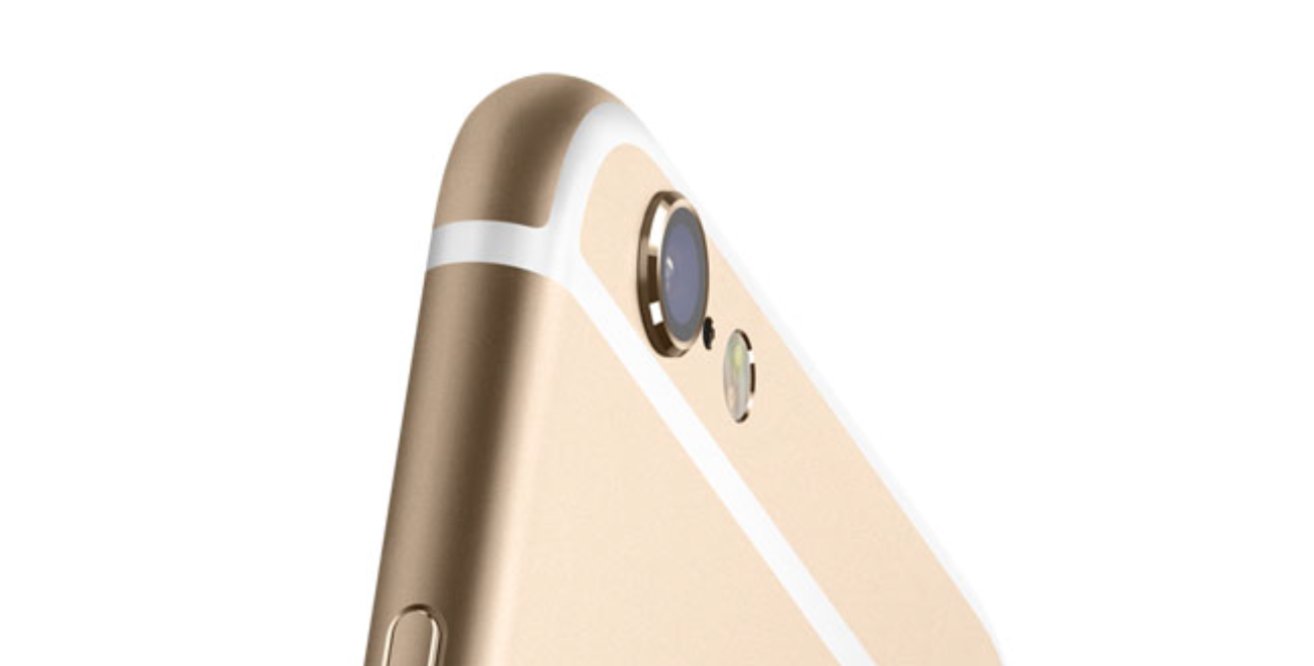
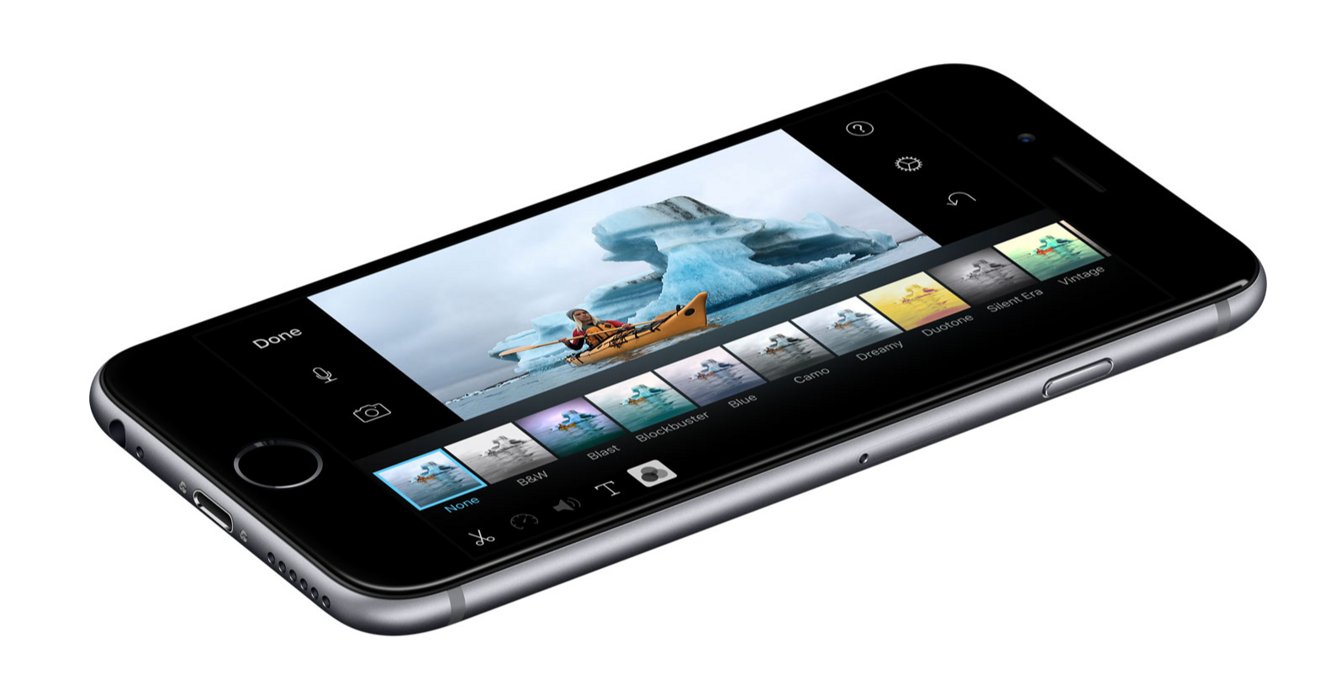
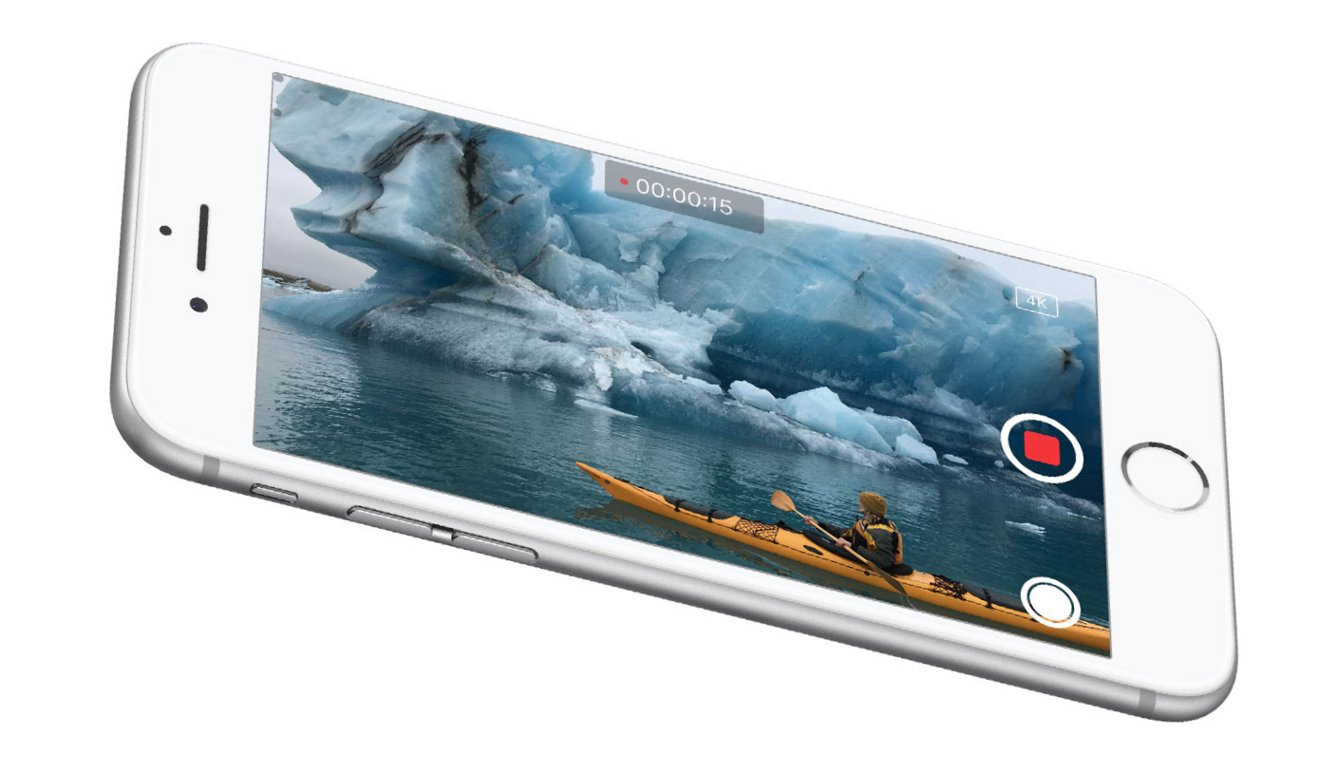






-m.jpg)






 William Gallagher
William Gallagher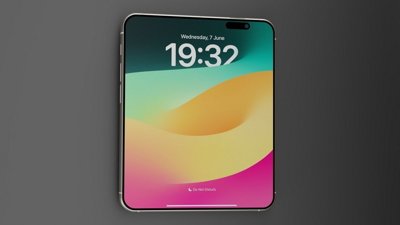
 Malcolm Owen
Malcolm Owen
 Bon Adamson
Bon Adamson
 Marko Zivkovic
Marko Zivkovic
 Amber Neely
Amber Neely



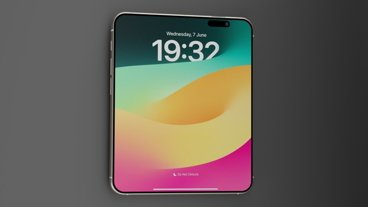
-m.jpg)






70 Comments
One more iteration and my DSLR is taking a trip to eBay. Images from the iPhone are starting to look pretty good nowadays., but it's the convenience factor which will ultimately kill my Canon.
I have an old school all manual Leica Camera...my iPhone 5S shoots pictures that hold their own with photographic film. I can't wait to check out my 6S's photographic abilities.
One more iteration and my DSLR is taking a trip to eBay. Images from the iPhone are starting to look pretty good nowadays., but it's the convenience factor which will ultimately kill my Canon.
Don't know about that for me yet. The lens choices just give me more flexibility when I know I'll have my DSLR available like on vacations or during the holidays or special events. However, the current iPhone 6 camera is outstanding for all other applications and I don't see the need to ever buy another point-and-shoot. That's for sure.
"Apple has previously justified its staying out of the megapixel madness by explaining that more pixels do not equal a better picture, and they're right. Much like the addition of the plus-sized iPhone, though, the market has spoken and forced Apple's hand."
I don't think anything forced their hand. Fact is just adding more pixels does not necessarily improve the picture. It can actually cause other problems. If they can resolve those other problems and add more pixels, then you can have better photos. They are not just adding more pixels.
The addition of 4K capture --?and the ability to edit 4K in the iOS version of iMovie and automatically upload in 4K to YouTube --?is notable primarily because Apple has a singular ability to drive wide adoption of new technologies. Thanks to the iPhone's popularity, tens of millions more 4K-capable cameras will be in the hands of everyday consumers by the end of 2015, leading to an exponential growth in the availability of 4K content and helping to expand the still-nascent ecosystem.
Unfortunately they may not have many places to play them. I'm still perplexed that the new ?TV doesn't play 4K video at least over AirPlay, especially after being announced at the same event as the new iPhone which now shoots in 4K.